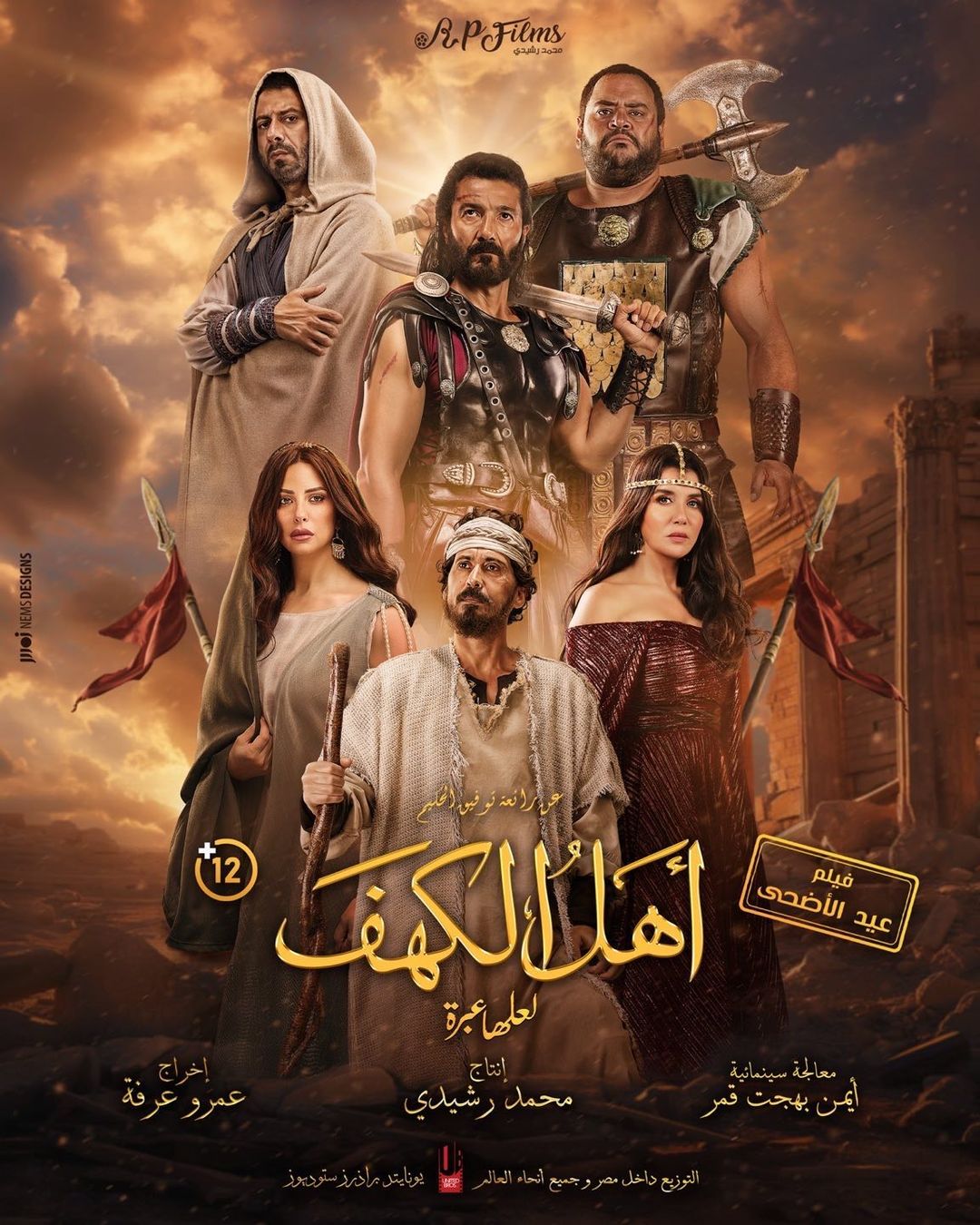Ahl El Kahf is a long-awaited spectacle based on the renowned play by Tawfeek El Hakeem. The movie explores religious narratives and historical storytelling. Despite numerous delays and a turbulent production process, the film, penned by Ayman Bahgat Qamar and directed by Amr Arafa, has finally graced the silver screen.
With a star-studded cast and a hefty budget, Ahl El Kahf promises a captivating viewing experience with a few bumps along the way, and here’s how:
Production Challenges and Delays
![]()
Ahl El Kahf faced significant production delays and postponements. Rumours circulated that these setbacks were due to the film’s religious themes. However, it became evident that the primary issues were related to the high budget and complex production requirements. These challenges included logistical difficulties, special effects demands, and the recreation of historical settings, which collectively stretched the production timeline.
A Play on the Silver Screen
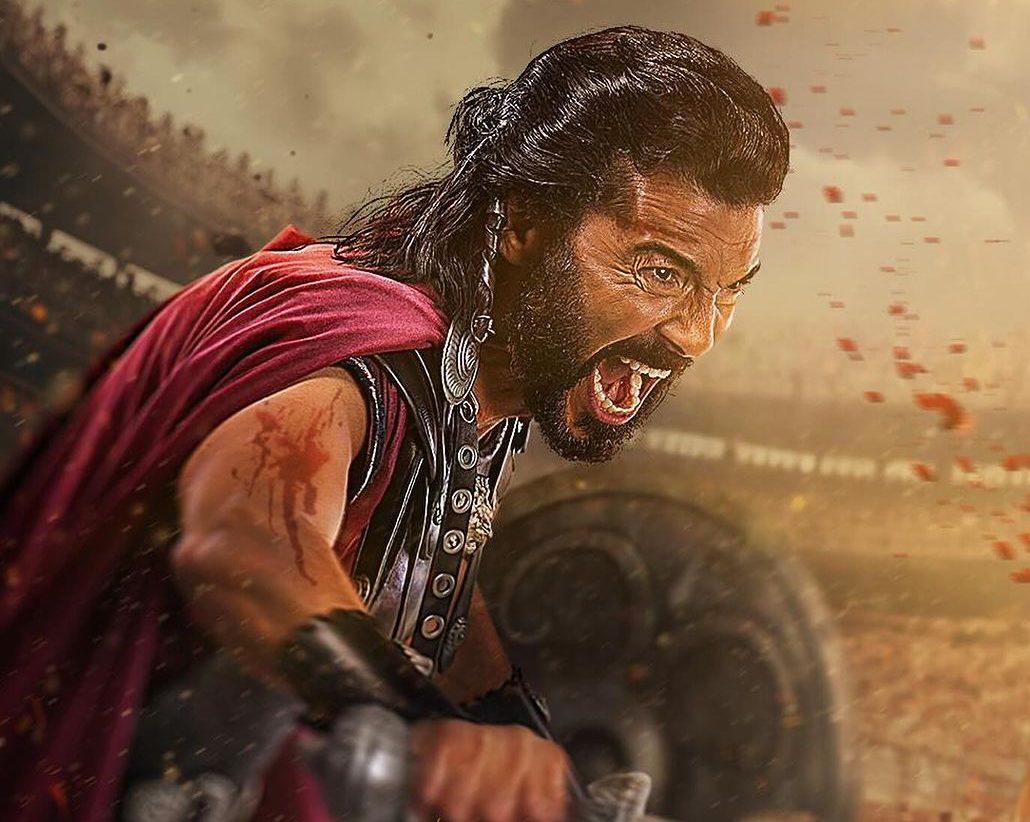
The film is an adaptation of Tawfeek El Hakeem’s legendary play, a factor that has both strengthened and challenged its cinematic journey. While the collaboration of Qamar and Arafa raised expectations, the film often felt more like a stage play divided into four acts rather than a seamless movie. Though rich in narrative, the script leaned heavily towards exposition, frequently telling rather than showing. While true to its theatrical roots, this approach created moments where the story’s realism felt compromised, leaving noticeable plot holes.
An Epic Tale of Time

Ahl El Kahf tells the story of a group of people who awaken after three centuries to find themselves in an unrecognisable world. This timeless narrative explores their struggles and adaptations as they navigate a new era. The film beautifully captures their bewilderment and resilience, offering viewers a profound reflection on time and change.
Visual Excellence
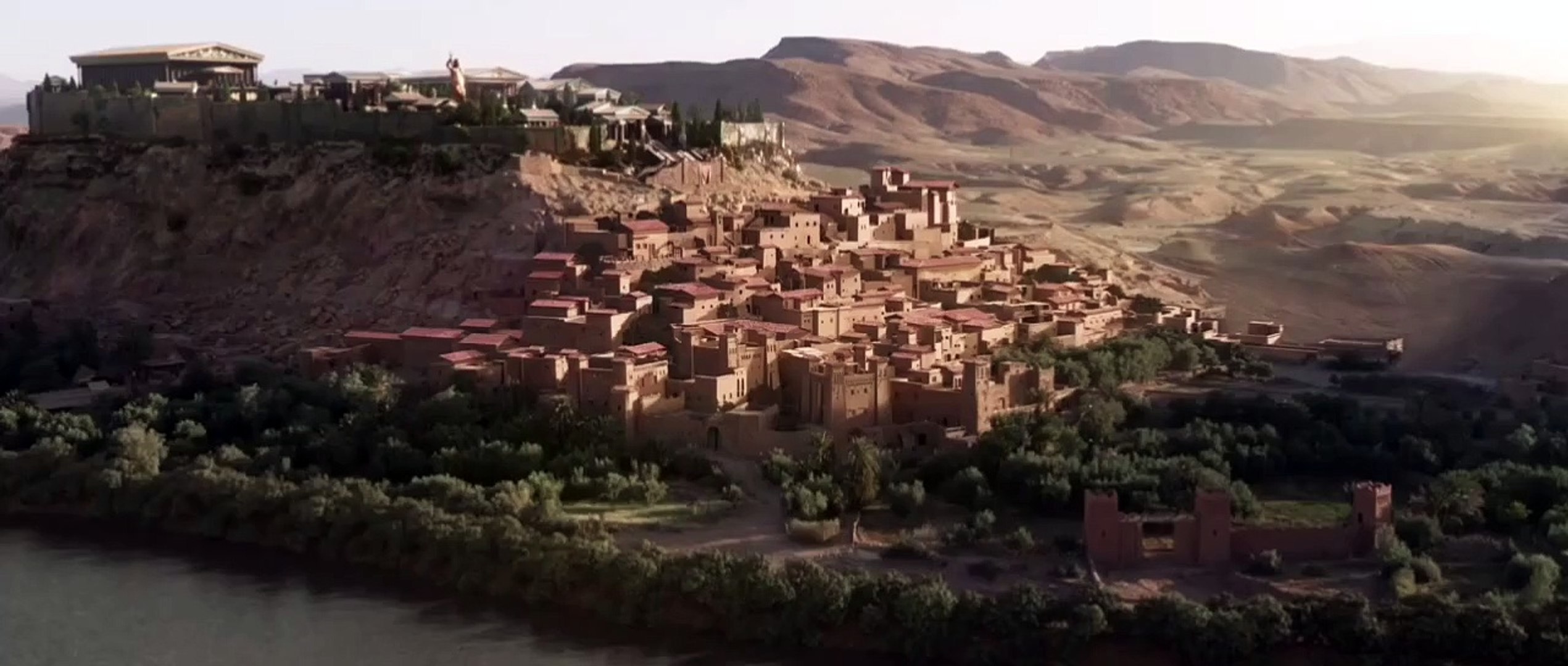
The film’s high budget is evident in its stunning cinematography. The visuals are pleasing and meticulously crafted to resemble the Roman era. The sets, often mistaken for CGI, are a testament to the filmmakers’ dedication to authenticity. The recreation of ancient settings adds a layer of immersion, transporting viewers back in time.
Stellar Casting
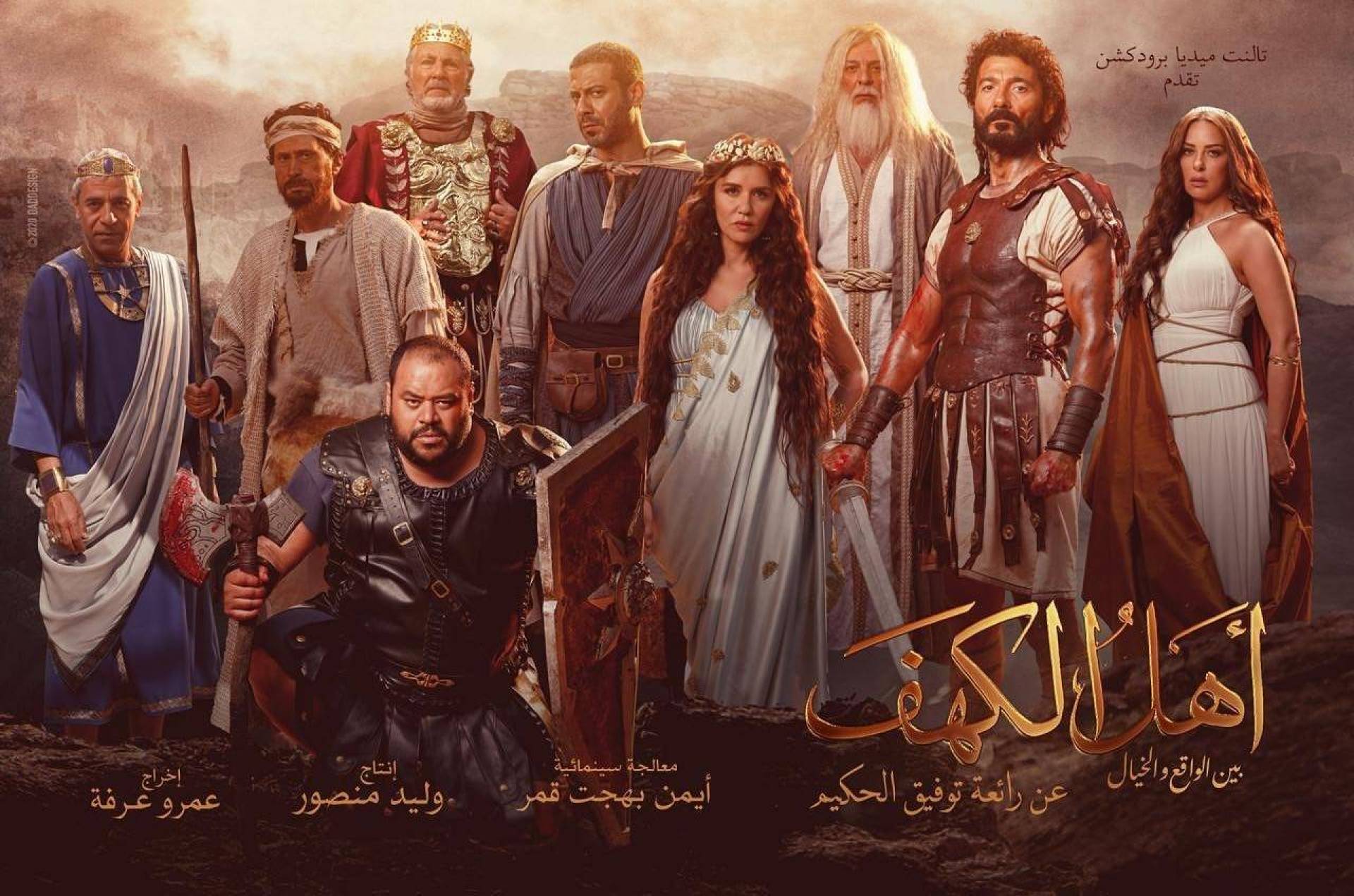
The casting of Ahl El Kahf is largely successful. Khaled El Nabawy shines as a warrior, a role that suits him perfectly. Mostafa Fahmy as the Roman Emperor and Sabry Fawaz bring significant depth to their characters. Mohamed Mamdouh and Mohamed Farag deliver strong performances. However, Ahmed Eid’s return to his comedic roots feels like a missed opportunity, given his recent dramatic success.
Hits and Misses
![]()
The film’s action sequences are a mixed bag. The war scenes are impressively realistic, enhanced by extras, CGI, and slow-motion effects. In contrast, the Colosseum scenes are average, and some later fight scenes feel overly choreographed and staged. However, the seamless transition between actors and their stunt doubles is commendable, maintaining the illusion of authenticity.
Dialect Dilemmas
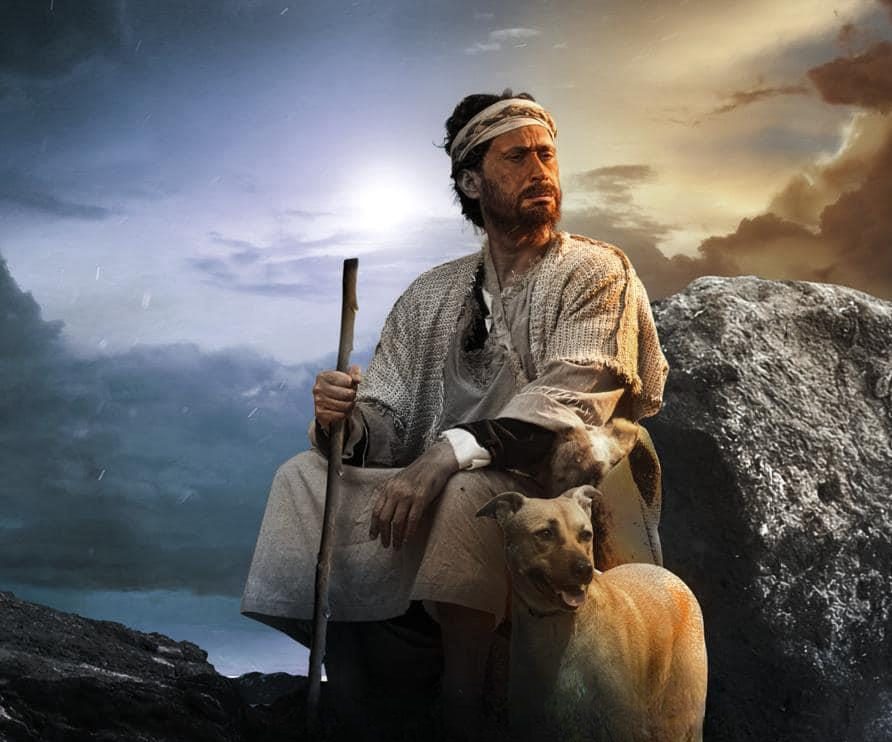
As with many historical films, Ahl El Kahf sparked controversy over its use of language. The dialogue features a blend of archaic and modern Egyptian Arabic, interspersed with contemporary terms. This linguistic mixture, while aiming for accessibility, sometimes detracted from the historical reality, creating confusion for the audience.
Length and Pacing Issues
![]()
The film’s runtime exceeds two hours. The first half captivatingly engages audiences through engaging storytelling and character development before the characters enter the cave. However, the second half falters, with the narrative losing momentum and flattening out, leaving viewers longing for the earlier excitement.

